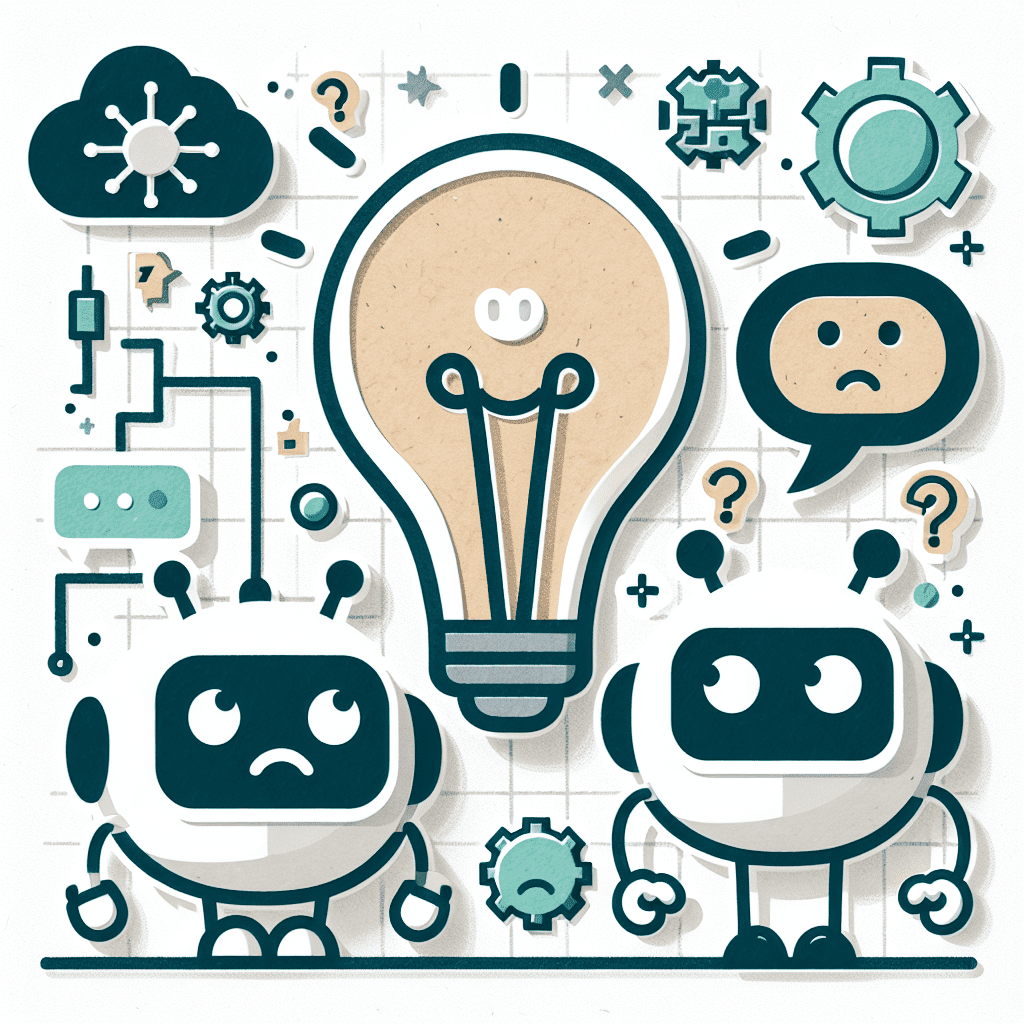Let’s be honest. We’ve all yelled at a chatbot. You type, “I need help with my refund,” and it replies, “I’m here to help! Would you like to buy a gift card?” No, Brenda, I would not. That’s the thing with scripted bots; they’re like overenthusiastic interns: eager, polite, and completely useless when things go off-script.
Now, trained AI chatbots? Whole different story. They’re the ones who actually listen, remember what you said five minutes ago, and don’t panic when you use slang, sarcasm, or switch topics
mid-sentence. Let me explain.
First, a quick pit stop: what are we even comparing?
Scripted bots are built like old-school phone trees. You press 1 for billing, 2 for tech support, and if you press 3 by accident, you’re stuck in a loop of regret. These bots follow rigid decision trees; if you say X, they reply with Y. That’s it. No improvising, no nuance, no memory.
Trained AI
chatbots, on the other hand, are powered by large language models like GPT-4 or Google’s PaLM 2. They’ve read more text than any human could dream of, and they use that knowledge to understand language the way people actually speak it: messy, layered, and full of context.
They remember what you said.
Context is everything. Trained AI chatbots can keep track of a conversation the way a good barista remembers your usual order. If you say, “I need help with my last order,” they don’t just nod politely; they check your history and respond with something like, “Sure, I see you ordered a wireless keyboard on Tuesday. What seems to be the issue?”
Scripted bots? They’d probably say, “Please provide your order number.” Again. Even if you just gave it to them. Twice.
This ability to follow a thread of conversation is what makes trained bots feel human. Not because they pretend to be people, but because they actually understand what you’re talking about.
They learn as they go.
Here’s where it gets a little spooky—in a good way. Trained AI bots don’t just sit there waiting for updates; they learn from
interactions. They get better. Through a process called reinforcement learning, they refine their behavior based on feedback. So the more they chat, the smarter they get.
Scripted bots? They’re frozen in time. If you want them to improve, someone has to go in and manually rewrite their logic. It’s like trying to teach a parrot new tricks by reprinting the instruction manual every time.
They speak human.
You know how people never say exactly what they mean? We hedge, we joke, we use idioms and weird phrasing. Trained AI bots can handle that. They use natural language processing techniques like sentiment analysis and named entity recognition to figure out what you meant—even if you didn’t say it perfectly.
So if you type, “My WiFi’s acting up again, and I’m about to throw this router into the sea,” a trained bot understands that you’re frustrated and probably need tech support. A scripted bot might just flag “sea” as a location and ask if you’d like to book a cruise.
Learn more about NLP techniques.
They speak more than one language—and more than one department.
Most businesses don’t operate in just one language or one domain. A trained AI chatbot can switch between English and Spanish, or from sales to support, without breaking a sweat. Because it’s trained on multilingual data and a wide range of topics, it can handle complexity without needing a separate bot for every scenario.
Scripted bots? You’d need to build a different flowchart for each language, each department, and each product line. It’s like trying to run a global business using three-ring binders and sticky notes.
Explore multilingual AI capabilities.
They can actually tell when you’re mad.
Here’s a wild idea: what if your chatbot could tell when you were upset, and responded appropriately? Trained AI can do that. They’re built with models that detect emotional tone, so if a customer is clearly frustrated, the bot might slow things down, offer empathy, or escalate to a human.
Scripted bots, by contrast, treat every message the same. You could type “I’m furious and I want to cancel everything,” and they’d chirp back with, “Let me help you with that! Would you like to upgrade your plan?”
Read about emotion detection in AI.
They fit your brand like a glove.
Trained AI chatbots can be fine-tuned to match your brand’s tone, industry, and even personality. Want a bot that sounds like a friendly barista? Or one that’s all business, no fluff? You can do that. With prompt engineering and transfer learning, it’s possible to customize a trained model without starting from scratch.
Scripted bots, meanwhile, require someone to write every single rule by hand. And if you want a new tone or a new feature? Back to the drawing board.
Learn about customizing AI with transfer learning.
So what’s the point?
The gap between scripted and trained chatbots isn’t just about features; it’s about experience. Scripted bots are like vending machines: predictable, limited, and frustrating when something goes wrong. Trained AI bots are more like personal assistants. They listen, adapt, and actually help.
You’re not just adding features. You’re creating a better customer experience.
And as these models keep evolving, the difference will only grow. Businesses that stick with scripted bots risk sounding robotic, while their competitors sound smart, responsive, and—dare I say—human.
Thanks for reading.
We’ll be back soon with more futuristic ideas.
Until then, keep building.
– Perfect Sites Blog

